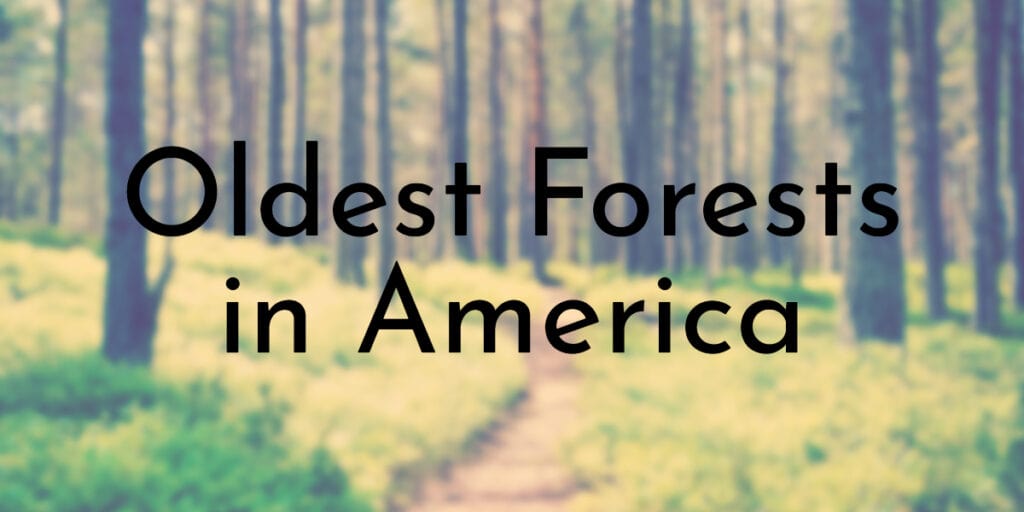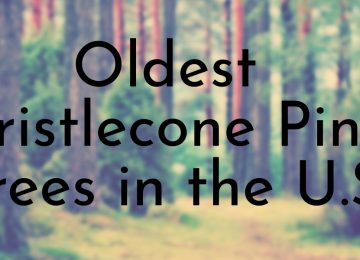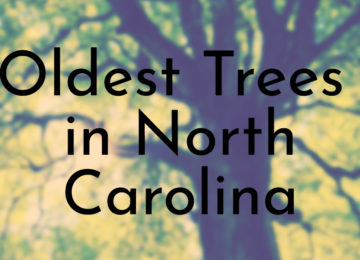In America, forests are an integral part of the country’s natural heritage and provide various benefits, such as supporting wildlife, regulating climate, and providing timber and recreation opportunities. Some forests in America are ancient and have been around for thousands of years. These forests have been able to withstand the test of time, preserving their unique ecology and biodiversity.
In this blog article, we will explore the five oldest forests in America and delve into their history, features, and significance. By learning about these ancient forests, we can appreciate their ecological and cultural value and recognize the importance of preserving them for future generations.
So, let’s journey through time and discover the oldest forests in America.
5. Jedediah Redwoods State Park
Approximate Age: 200 years
State: California
Area: 10,000 acres
Old-Growth Forest Type: Temperate coniferous forests
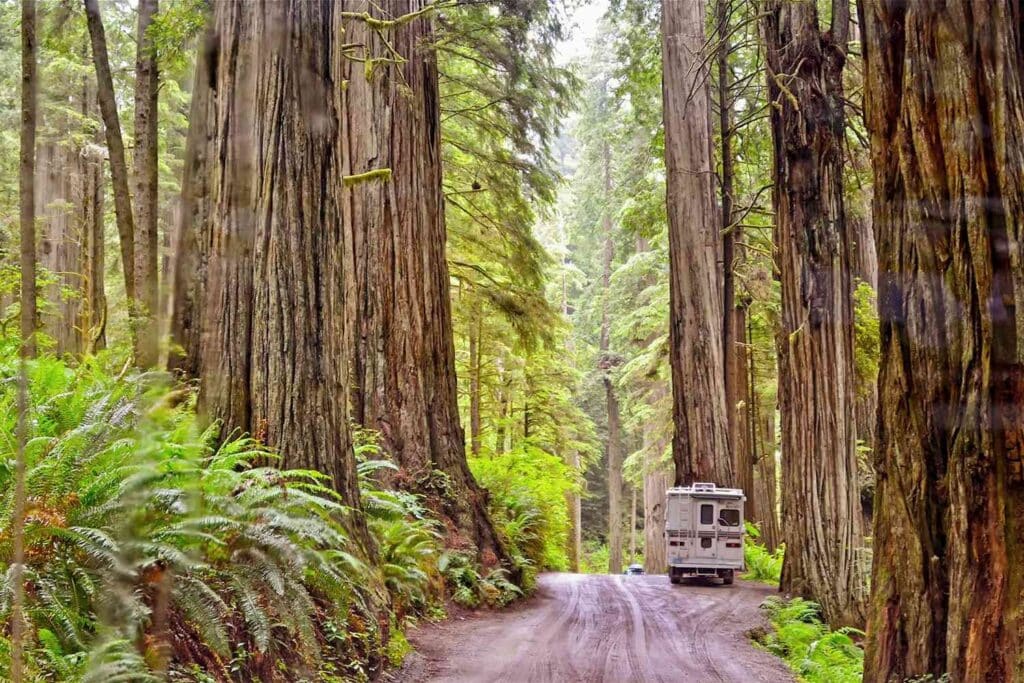
Jedediah Redwoods State Park, located in California, is home to one of America’s most iconic old-growth forests. With an approximate age of 200 years, this park boasts an area of 10,000 acres of ancient redwood forests.
The park is named after Jedediah Smith, a fur trader and explorer among the first to explore the area. The old-growth forest in Jedediah Redwoods State Park is characterized by temperate coniferous forests with towering redwoods reaching up to 350 feet.
The park is also home to various other tree species, such as Douglas fir, Sitka spruce, and western hemlock. Visitors can explore the forest on hiking trails, camp in the park’s campgrounds, or enjoy a scenic drive along the Redwood Highway. Jedediah Redwoods State Park is a true testament to the resilience of nature and the importance of preserving our natural heritage.
Did You Know?
The ancient forest provides a habitat for wildlife, including black bears, elk, and bald eagles.
4. Allegheny National Forest
Approximate Age: 300 years old
State: Pennsylvania
Area: 514,029 acres
Old-Growth Forest Type: 122 acres
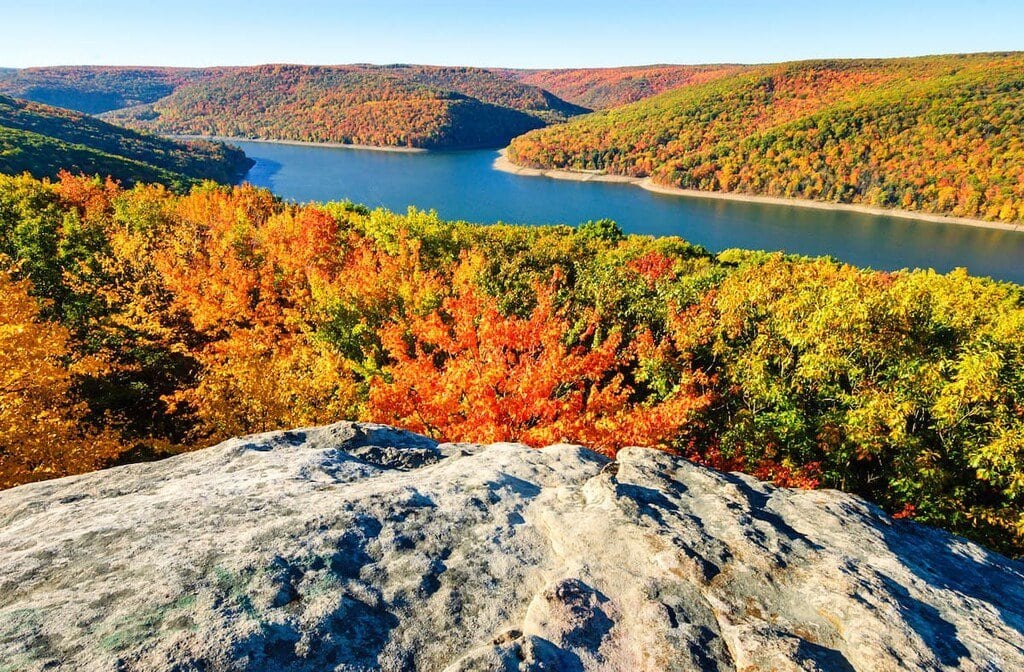
The Allegheny National Forest is a vast and diverse forest in Pennsylvania that has existed for about 300 years. Covering an area of 514,029 acres, the forest is one of the few remaining old-growth forests in the eastern United States.
The old-growth forest spans 122 acres and features towering eastern white pines, hemlocks, and hardwoods. It provides essential habitat for various wildlife species, such as black bears, white-tailed deer, and bald eagles.
The forest is also home to the famous Kinzua Bridge, a historic railroad bridge once the tallest and longest in the world. The bridge was partially destroyed by a tornado in 2003 but has since been rebuilt as a tourist attraction and skywalk. The forest is a popular destination for outdoor enthusiasts, with activities like hiking, camping, fishing, and hunting available.
Did You Know?
The forest is named after the Allegheny River, which runs through it. The river’s name is derived from the Lenape word “oolikhanna,” which means “best-flowing river of the hills.”
3. Adirondack State Park
Approximate Age: 400 years old
State: New York
Area: 6 million acres
Old-Growth Forest Type: Spruce-yellow birch forests (McMartin) and Hemlock-American beech forests (Ziegler)
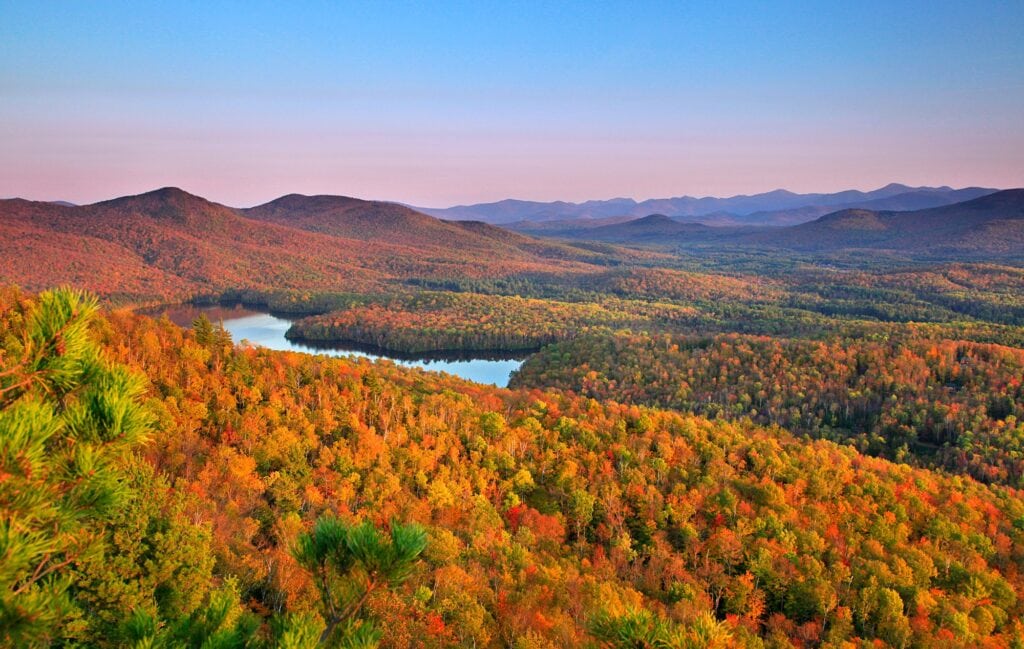
Adirondack State Park is a vast wilderness area in northeastern New York, covering an area of over six million acres. The park is home to many ancient natural wonders, including the Adirondack Mountains, over 400 million years old.
However, in terms of something specifically 400 years old, one example is the Great Camp Sagamore, a historic complex of buildings located within the park that is over 400 years old.
Originally built as a hunting camp for the Vanderbilt family in 1897, it is now a National Historic Landmark and serves as an educational retreat center. The park is a popular destination for outdoor activities, including hiking, camping, fishing, boating, and skiing.
Did You Know?
The park is home to over 2,000 miles of hiking trails, 3,000 lakes, and 30,000 miles of rivers and streams.
2. Chattahoochee National Forest
Approximate Age: 600 years old
State: South Carolina and Georgia
Area: 750,000 acres
Old-Growth Forest Type: SRiver floodplain hardwood, Dry-mesic oak forest, Seasonally wet oak-hardwood woodland
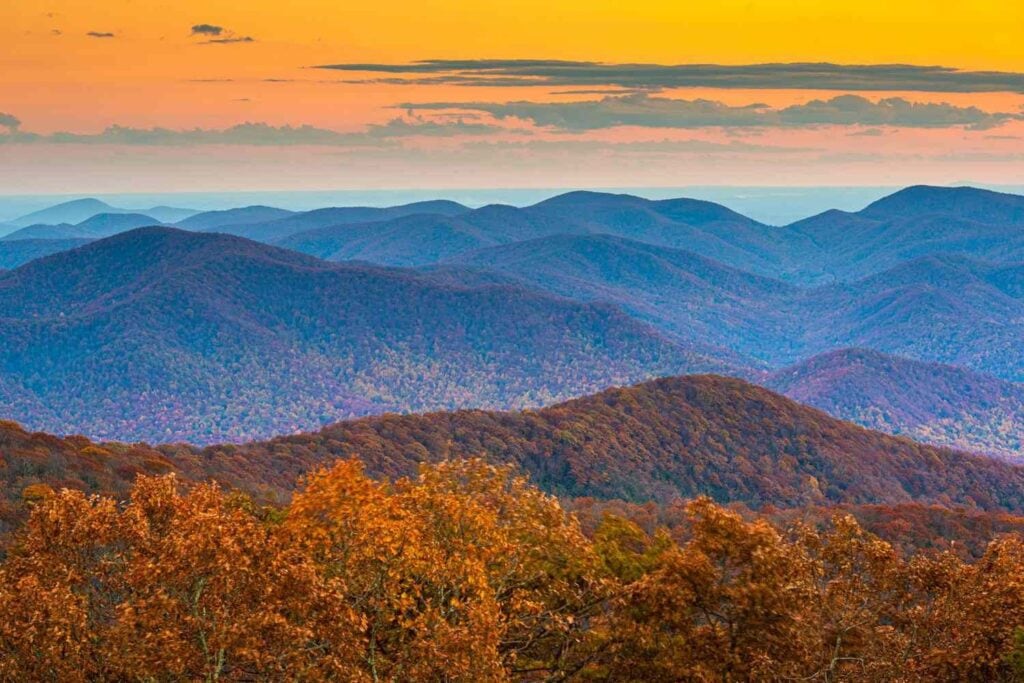
Chattahoochee National Forest is a vast forested area in the southern Appalachian Mountains of Georgia and some parts of South Carolina. The forest covers over 750,000 acres of land and is known for its diverse range of plant and animal species and its rich history dating back over 600 years.
The Cherokee people inhabited the region that is now the Chattahoochee National Forest for centuries before the arrival of European settlers. Their presence can still be found in archaeological sites and cultural artifacts.
In the late 19th century, the federal government began acquiring land in the area to protect its natural resources and promote conservation. Over time, this land was consolidated into the Chattahoochee National Forest.
Did You Know?
It has several notable features, including the Appalachian Trail, the Brasstown Bald Mountain, and the picturesque Lake Blue Ridge.
1. Tongass National Forest
Approximate Age: 800 years old
State: Alaska
Area: 5.4 million acres
Old-Growth Forest Type: Western Red Cedar, Sitka Spruce, Western Hemlock
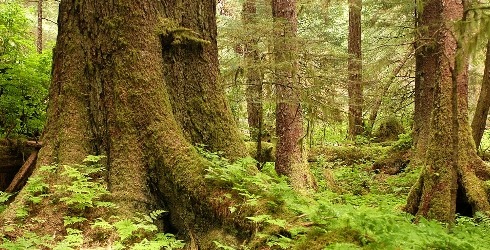
Tongass National Forest is a vast temperate rainforest in southeast Alaska, covering over 16 million acres of land. It is estimated to be at least 800 years old, making it the oldest forest in the United States.
It is the largest national forest in the United States, known for its stunning beauty, abundant wildlife, and rich cultural history.
It is home to towering old-growth trees, some over 1,000 years old, and various plant and animal species. The forest has played an important role in the cultural history of the Tlingit, Haida, and Tsimshian people, who have lived in the region for thousands of years. These indigenous communities have a deep spiritual and cultural connection to the land and continue to rely on its resources for subsistence and cultural practices.
Did You Know?
In addition to its cultural and ecological significance, Tongass National Forest is an important economic resource for the region. It supports a thriving timber industry and commercial and recreational fishing, tourism, and other industries.


